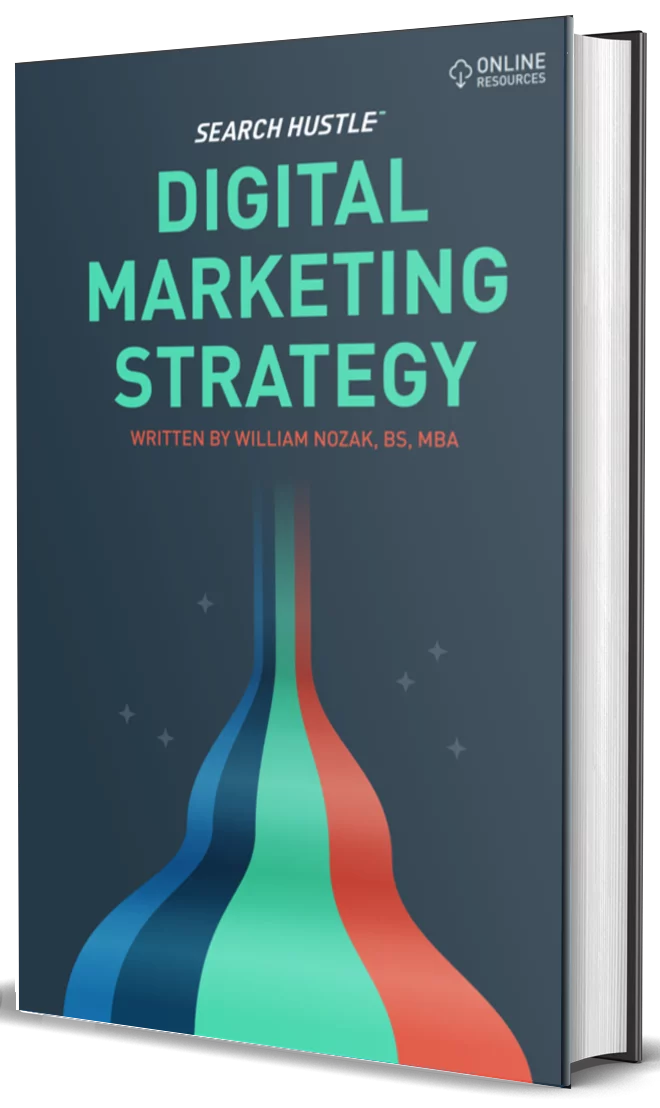On-page SEO Basics
Learn more about how on-page SEO can help rank a website higher, drive more traffic, and convert more visitors with Search Hustle.
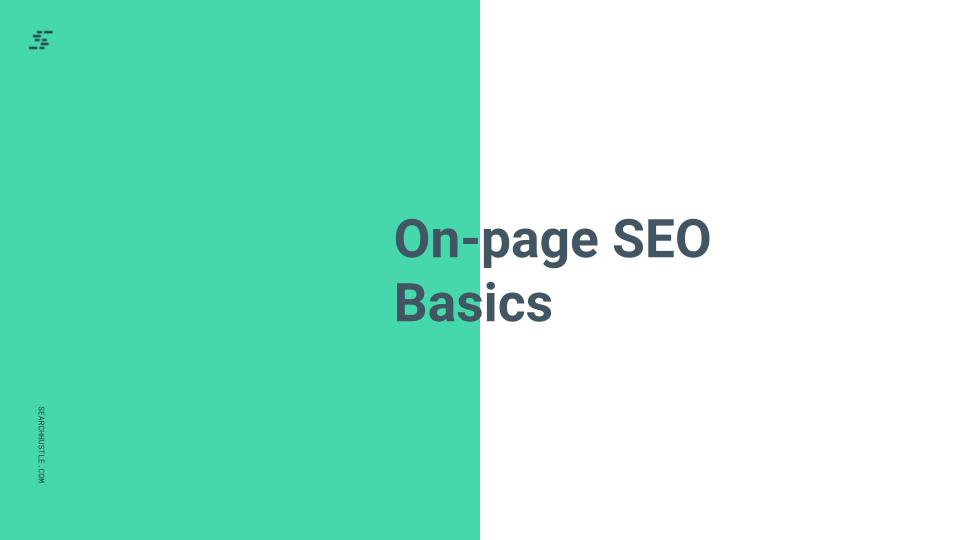
Many small business owners fall into the trap of thinking their work with on-page SEO is done after sprinkling keywords through their site. However, that is a mistake that could end up costing valuable traffic.
The goal of on-page SEO is to make it easier for users and bots to understand a web page and its relevance to a query. A good on-page SEO strategy makes web pages more valuable and gives users a great experience. In turn, this helps to improve its ranking and visibility in search results.
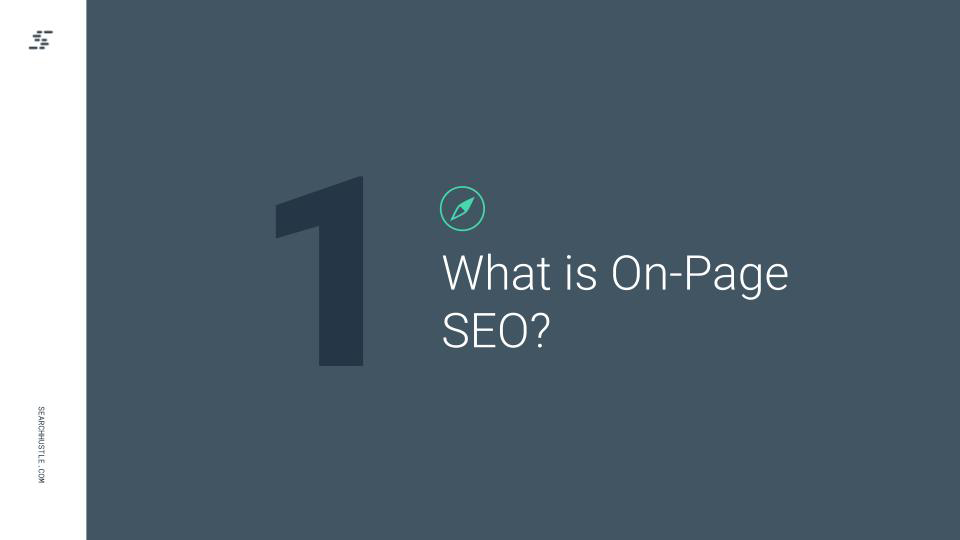
What Is On-page SEO?
Essentially, on-page SEO is meant for both human eyes and bots. But there should always be an emphasis on considering the people you want to reach. With great strides made by search algorithms to think and rank in a more human-like way, keeping your target audience at the forefront of everything you do is paramount.
Here are a few places to get best-practice recommendations for optimization:
Technical SEO Tools
- Screaming Frog
- AHREFS
- Google Search Console
Visitor Experience Tools
- Hotjar
- Fullstory
- A/B testing tools such as Google Optimize (deprecates on 9/30/23)
- Google Search Console
- Lucky Orange
- Amplitude
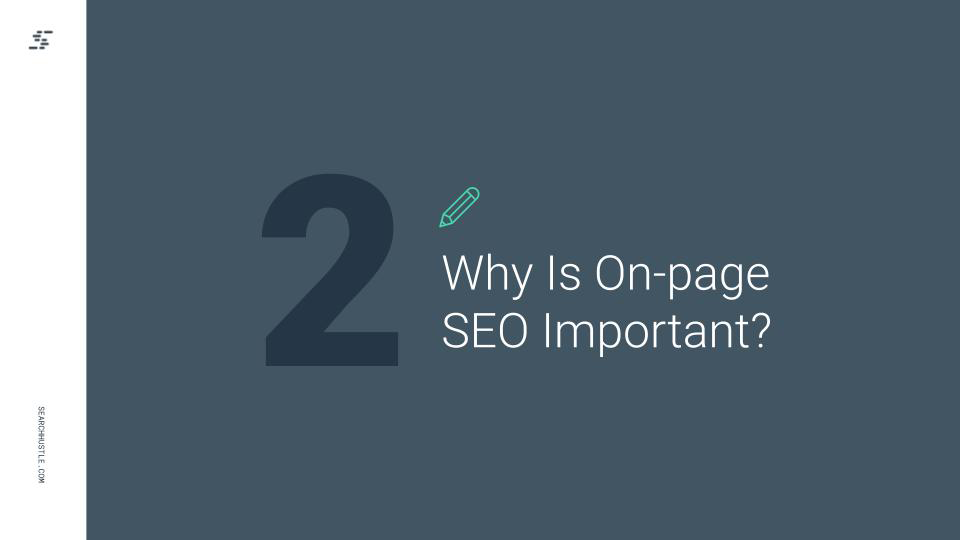
Why Is On-page SEO Important?
The goal of on-page SEO is to make it easier for users & search engines to understand the web pages and its relevance to a searcher’s query.
A great on-page SEO strategy will help make webpages more valuable and usable. In turn, this helps to improve its ranking and visibility in search results on search engines like Google. Essentially, on-page SEO optimization is meant for both human eyes and also search engines.
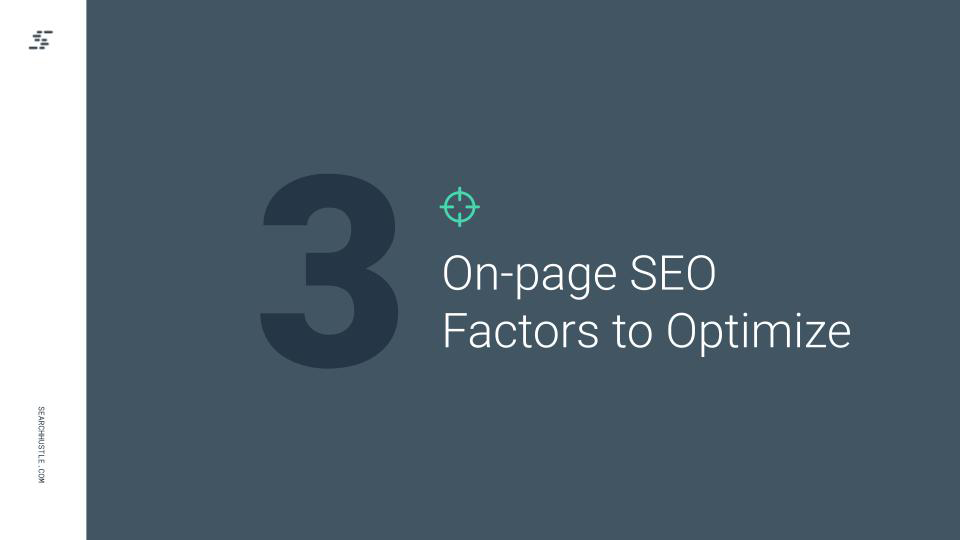
On-page SEO Factors to Optimize
When looking at on-page SEO, it’s important to know that the various elements to optimize can be classified under three distinct categories.
Content Elements
Content elements include various HTML aspects and content. Essential content elements that should be optimized include:
- Content – Users want high-quality content that is relevant to their intent. When creating content, always stay on topic, consider the buyer’s journey and your buyer personas, and aim for conversions by incorporating calls to action (CTAs).
- Keywords – Conduct keyword research to target high-value keywords with difficulty scores that align with the properties’ strengths. Aim for short and long-tail keywords in the page title, H1 tag, and strategically use them throughout the copy. Use them naturally yet sparingly through the content.
- Quality images – Any images you use should be high-quality and as original as possible. Many studies show that canned photos rarely provide value in SEO.
HTML Elements
Don’t forget to view the source code of the website. Optimizing these key elements will help organize the site’s content while making it easier for readers to find what they’re looking for. Additionally, it will help search engines understand the context of the content and rank it accordingly.
These on-page optimizations are moderately technical and could be classified as technical SEO. The different HTML elements that should be reviewed are:
- Page titles – Otherwise known as title tags, page titles are one of the more important SEO elements. The page title informs visitors and bots alike what content is on a page.
- Headers – The most common headers on a webpage are H1, H2, and H3s. Using these tags will organize the content and inform the bots what part of the content is relevant based on the user’s search intent.
- Meta descriptions – Short descriptions that give information about the page’s content. The meta description appears under the title in search results. Keep the meta description between 150-160 characters, and include the focus keyword for that page.
- Image alt-text – Think of image alt-text as SEO for the image. It can help the search engine understand what the image is. Additionally, should an image fail to load, or where a screen reader is being used, the alt-text will appear or be read aloud. Keep the image alt-text under 125 characters, use the keyword, and be specific when describing the image.
- Structured markup – Marking up the website source code can help search engines find and rank the content. Structured markup is vital for Featured Snippets.
- HTML sitemap – This acts like a blueprint for your site. It helps a search engine find and crawl a website so the content can be indexed. Sitemaps also indicate the most important pages on a site.
Site Architecture Elements
Again, we like to consider these items technical SEO, but they also fall under on-page SEO. Optimizing and tracking the site architecture is paramount because it can help bots crawl the website and rank relevant pages.
The following elements make up the website and global site architecture.
- Page URLs – To keep the site organized and consistent, it is essential to use keyword-rich URLs. Auto-generated URLs composed of random numbers and letters are worthless to SEO. However, a specific URL that includes a keyword goes a long way toward helping a page rank.
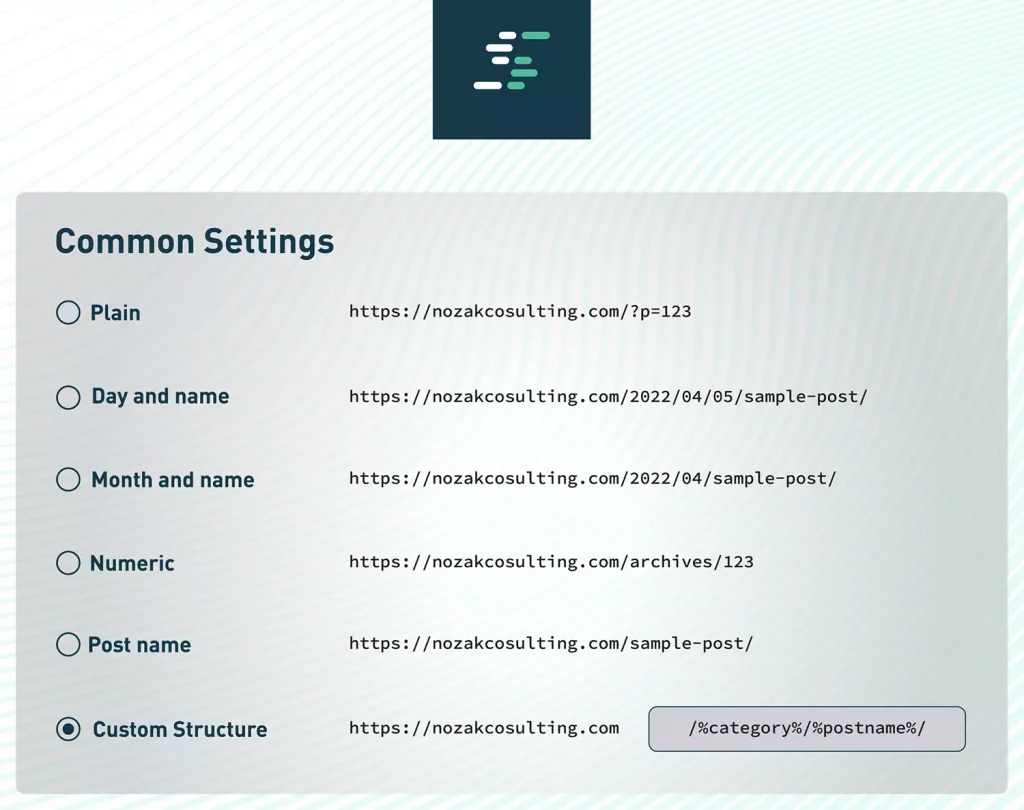
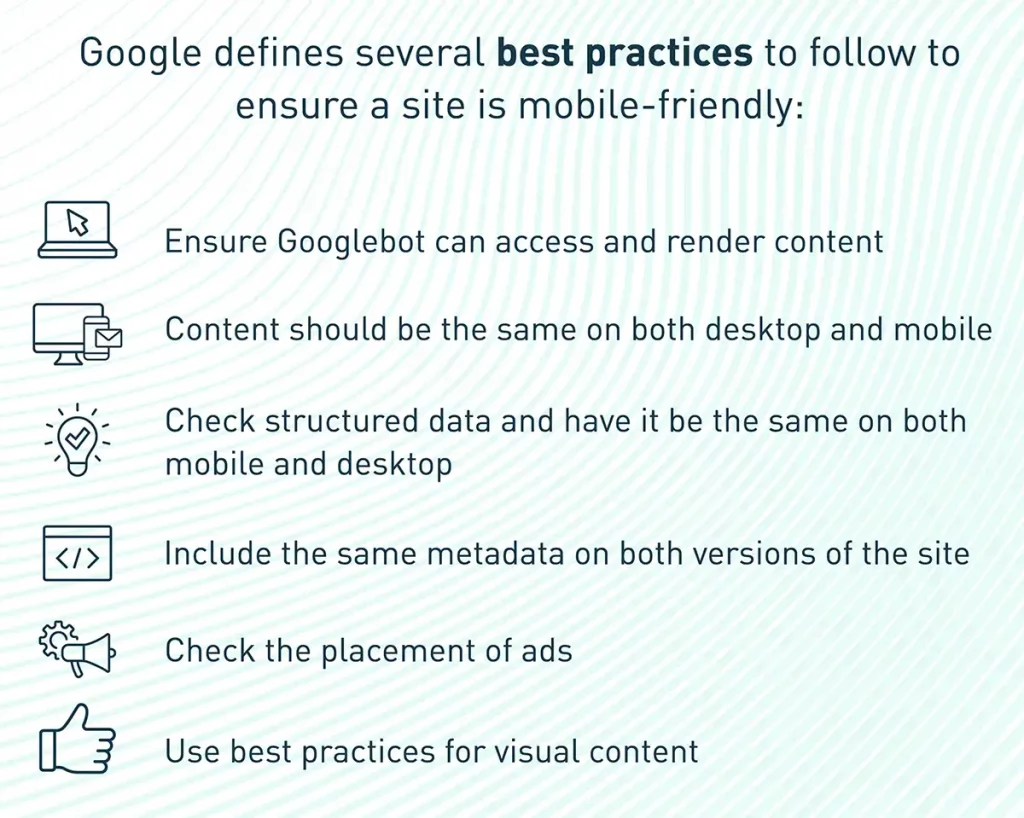
- Mobile responsiveness – An important ranking factor is how fast a website loads for mobile devices. The Google Mobile-Friendly Test Tool can help determine the responsiveness of a website.
- Internal linking – Internal links are incredibly useful for creating a roadmap for users that leads to other relevant information. Using internal links throughout the website can help keep users on the site longer, which tells the algorithm the content is of value.
- Site speed – Multiple studies have shown that users are more likely to bounce if a site takes longer than 3 seconds to load. A business website must be able to load fast to stay competitive. Google’s PageSpeed Insights Tool can analyze a page and give a performance score and suggestions for improving the loading speed.
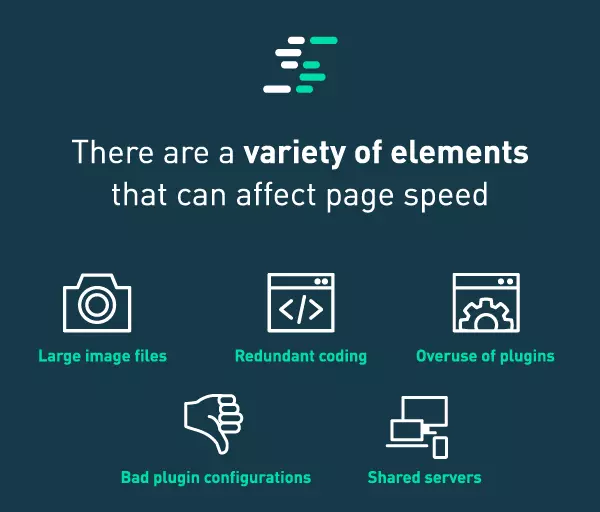
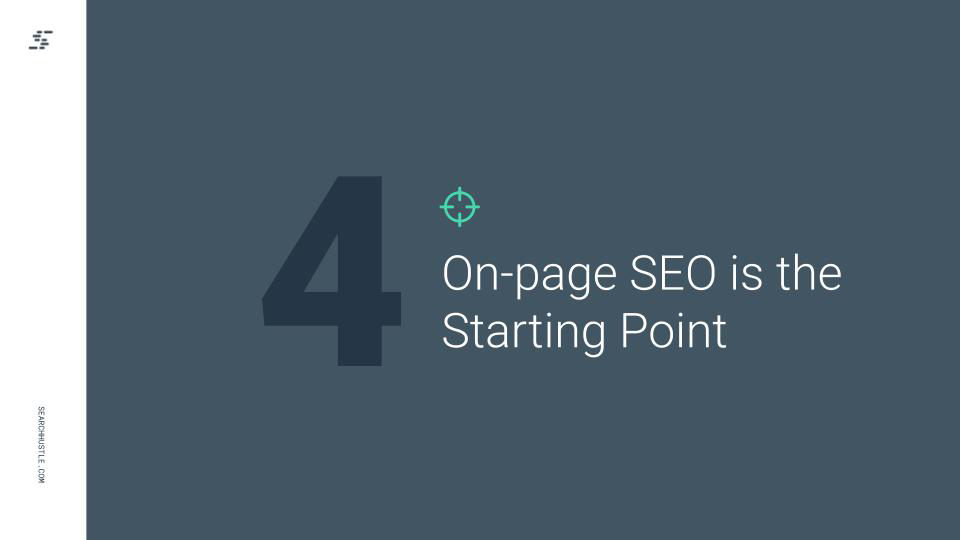
On-page SEO Is the Starting Point
In order for a website to rank high in the SERPs and gain new leads and conversions, the importance of on-page SEO cannot be understated. There are multiple factors that must be optimized to help users find the content they’re interested in and to assist search engines in crawling pages.
However, be sure to not stop at on-page SEO. There’s also off-page SEO and technical SEO that must be seen too as well. Once these different types of SEO are all taken care of and working in unison, that’s when a website can expect to see continuous organic traffic, high rankings in the search results, and earn clicks and conversions.

Ready to Take Your Search Hustle Further?


